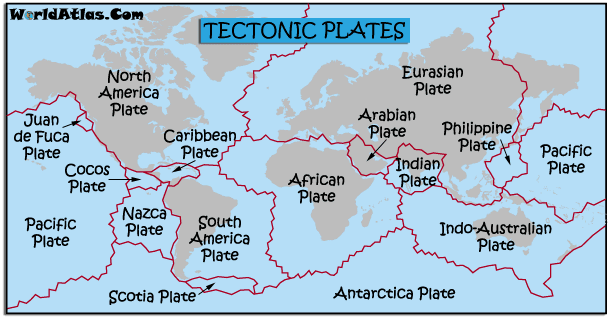 |
| Russia's biggest cities |
Section 1
1.The area of the land that Russia covers is approximately 6.6 million square miles, or 17.1 million square kilometers.
2. Russia's natural resources are natural gas, mineral reserves, platinum, coal, nickel, gemstones, and aluminum.
creative writing: Many people are not aware that much of the world’s forest land lies on Russian soil. Actually, one fifth of all the world's forests is in Russia. these forests are populated by spruce, pine, fir and cedar trees, which are fit to survive through cold Russian winters. These trees also are second in the world for removing carbon dioxide from the atmosphere and replacing it with oxygen, the first place forest being the rain forests in the Amazon Basin in South America. The trees in the boreal, or most northern, forests of Russia also provide literally tons of the world's timber. But every year, 40 million acres are deforested for agriculture or livestock grazing or urbanization. The loss of these trees could mean the loss of that much oxygen in the air, and just that much more carbon dioxide to pollute it. Therefor, the protection of Russia's forests are as much important to the trees themselves as to the world.
Section 2
1. Russia's main climates are tundra, steppe, humid continental, highland, and subarctic.
 |
| Average annual temperature in Russia. |
2. In the tundra region of Russia, there are no trees, but wide, frozen planes. In Russia's subarctic regions, coniferous forests dominate the landscape, while in the humid continental regions, coniferous forests mix with deciduous forests. in the steppe climate of Russia, many plants grow, including sunflowers, mint, and beans, and vast expanses of grassy planes.
creative writing: If I were a member of Napoleon's army invading Russia in 1812, this journal entry might describe what my day would have been like:
December 14, 1812
We walked another full day, today. The snow kept falling, and we kept walking, and the men in my regiment kept falling over, for they couldn't feel their feet. The Russians, as they retreat, kept burning their own towns. Sometimes the houses and barns were still on fire when we reached them, and we walked across the hot ashes to relieve the cold in our feet and legs. Napoleon told us to search the ruins for food or supplies, even though we knew it was futile. I only found a dead lamb. The other soldiers wanted to eat it strait away, but as it was about to be cleaned, the smell of rot came out from it, and we went hungry again. My dear friend Pierre died from pneumonia, and I pray that he is well, wherever he is. I also pray that i make it home without losing any more than the toes that froze today.
-- Théo Abbe
























.gif)




.JPG)